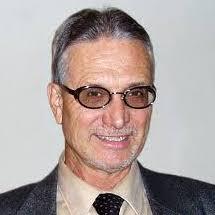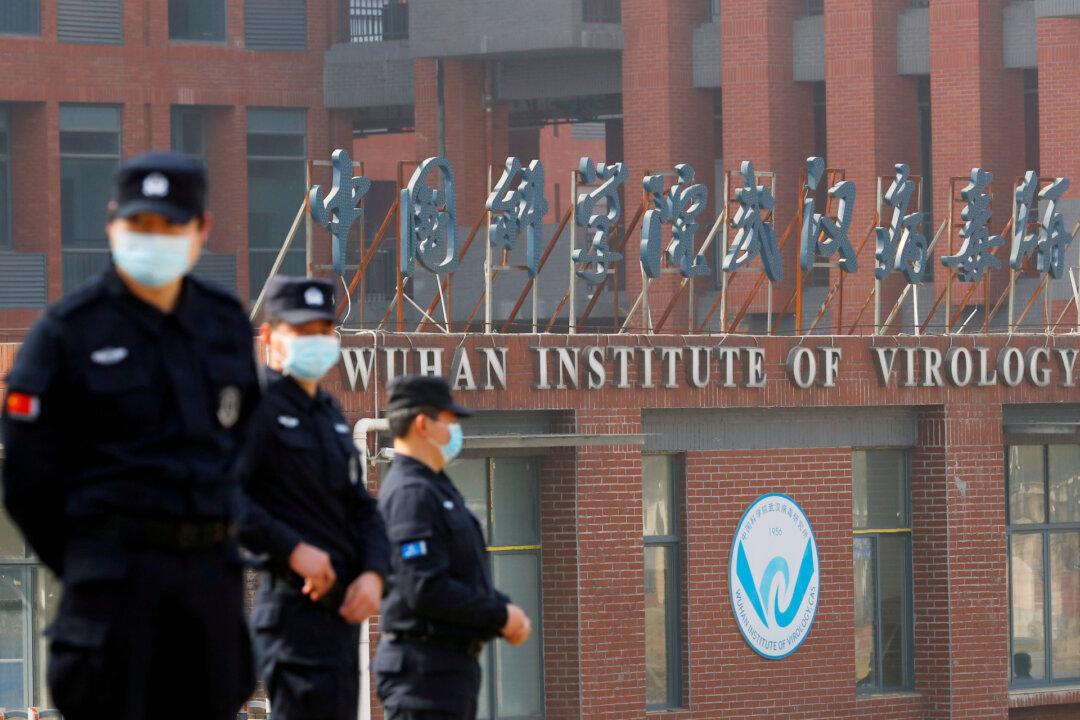Commentary
Memorial Day ceremonies tend to feature World War II, with good reason. The Allies’ triumph over the Axis powers gave people cause to celebrate. Presidents who served in World War II include Dwight Eisenhower, commander of Allied forces, and George H.W. Bush, a pilot with Torpedo Squadron 51 (VT-51), who was shot down by the Japanese on his 58th mission, then rescued by a U.S. submarine.





